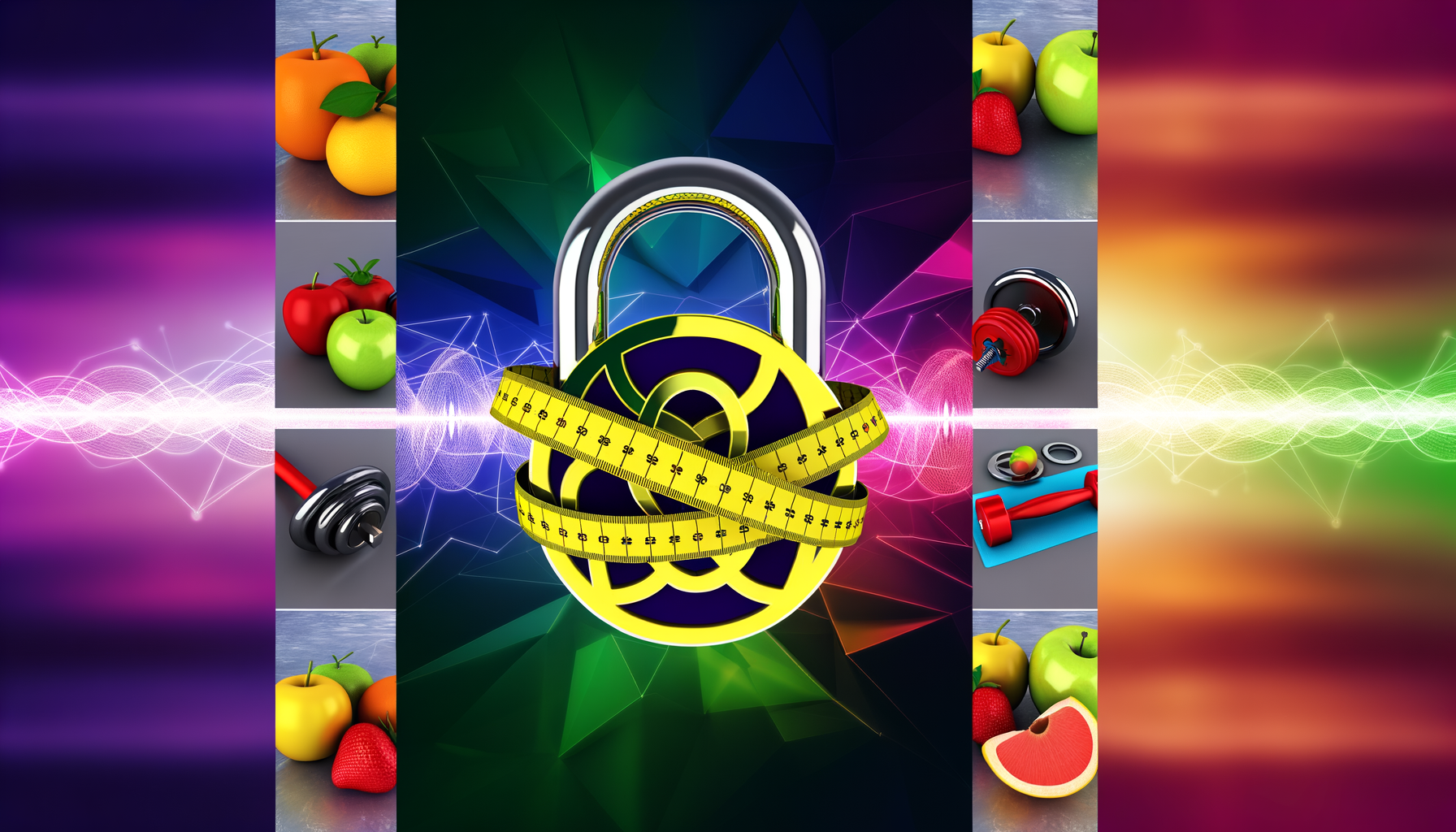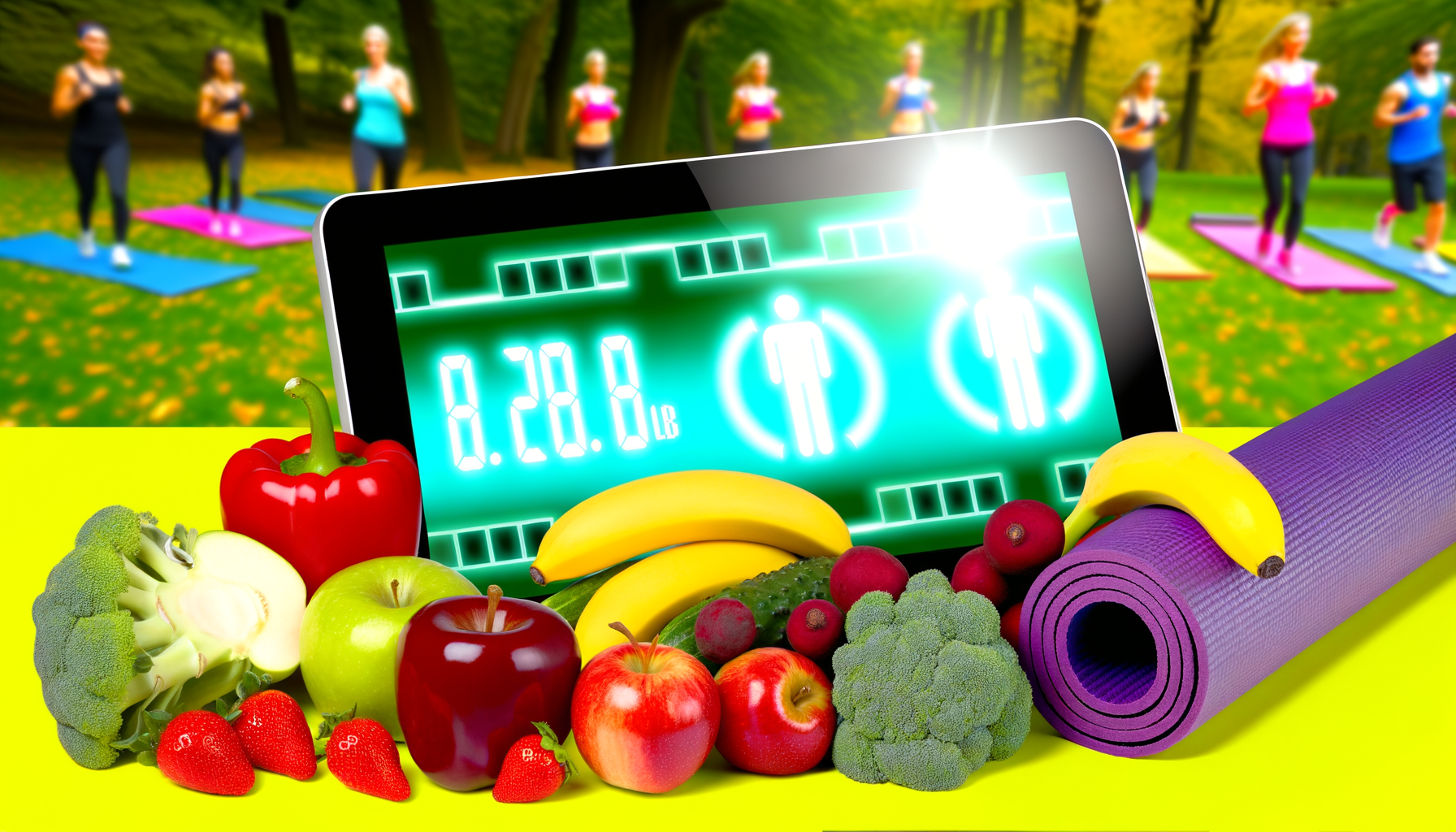How to Use Calorie Tracking to Support Clients with Food Allergies
Supporting Clients with Food Allergies Through Effective Calorie Tracking
When working with clients who have food allergies, it is crucial to adopt a comprehensive and sensitive approach to their nutritional needs. Calorie tracking, when done correctly, can be a powerful tool in managing food allergies and ensuring that clients receive the specialized nutrition they require. Here’s a detailed guide on how to use calorie tracking to support clients with food allergies.Understanding the Importance of Food Tracking
Food tracking is more than just logging calories; it involves monitoring the intake of various nutrients, identifying potential allergens, and making informed dietary choices. For clients with food allergies, this process is vital for avoiding allergic reactions and ensuring they get the nutrients they need.Research has shown that food tracking can help in understanding dietary habits and making necessary adjustments. For instance, apps like MyFitnessPal and Cronometer offer extensive databases and barcode scanning features that make tracking easier and more accurate[5).
Choosing the Right Calorie Tracking Tools
Selecting the appropriate calorie tracking tools is essential for clients with food allergies. Here are some key features to look for:A large food database is crucial to ensure that clients can easily log their meals without having to manually input every item. Apps like Cronometer and MyFitnessPal boast extensive databases that include a wide range of foods, making it easier for clients to track their intake[5).
A barcode scanner is another valuable feature that allows clients to quickly scan the barcodes of packaged foods to get detailed nutritional information. This feature is particularly useful for identifying potential allergens in packaged foods[5).
Apps that connect to health and fitness trackers, such as Apple Health or Google Fit, can provide a more comprehensive view of the client's overall health and fitness journey. For example, LifeSum connects directly to various health and fitness trackers, offering a holistic approach to health monitoring[2).
Customizing Calorie Tracking for Food Allergies
Customization is key when it comes to calorie tracking for clients with food allergies. Here are some steps to ensure the tracking process is tailored to their needs:Identify the specific allergens that the client needs to avoid. Apps like ShopWell allow clients to specify health goals and conditions, including food allergies, and provide guidance on safe food choices[2).
Create personalized meal plans that exclude allergenic foods. MyPlate, for example, offers customized meal plans and shopping lists that can be tailored to avoid specific allergens[2).
Use apps that provide detailed nutritional information, including allergen alerts. For instance, ShopWell’s barcode scanner can show whether a food contains common allergens such as soy, sesame, dairy, or gluten[2).
Addressing Common Challenges
While calorie tracking can be highly beneficial, there are some common challenges to consider:One of the main challenges is ensuring that clients do not become too focused on the external data and forget to listen to their internal body cues. It is important to balance food tracking with intuitive eating practices to maintain a healthy relationship with food[3).
Another challenge is avoiding the distraction from high ‘return-on-investment’ habits. Encourage clients to focus on broader health habits such as adequate sleep, regular exercise, and mindful eating[3).
Case Studies and Real-World Examples
Real-world examples can illustrate the effectiveness of calorie tracking for clients with food allergies.For instance, a client with a gluten allergy might use Cronometer to track their gluten intake and ensure they are staying within safe limits. The app’s extensive database and ability to set custom targets make it an ideal tool for this purpose[5).
Another example could be a client with a peanut allergy using ShopWell to scan barcodes and identify safe food choices at the grocery store. This app’s ability to specify health goals and conditions makes it highly useful for managing food allergies[2).
Conclusion and Next Steps
Calorie tracking can be a powerful tool in supporting clients with food allergies, but it must be used thoughtfully and in conjunction with other health practices.By choosing the right tools, customizing the tracking process, and addressing common challenges, you can help your clients manage their food allergies effectively. For more detailed guidance on nutrition and calorie tracking, consider integrating tools like the WP Calorie Calculator into your practice[5).
Additionally, if you are looking for a comprehensive solution that includes various features such as meal planning and health coaching, you might want to explore the different WP Calorie Calculator Plans available[5).
Remember, the goal is to provide clients with the tools and knowledge they need to manage their food allergies safely and effectively, while also promoting overall health and well-being.











